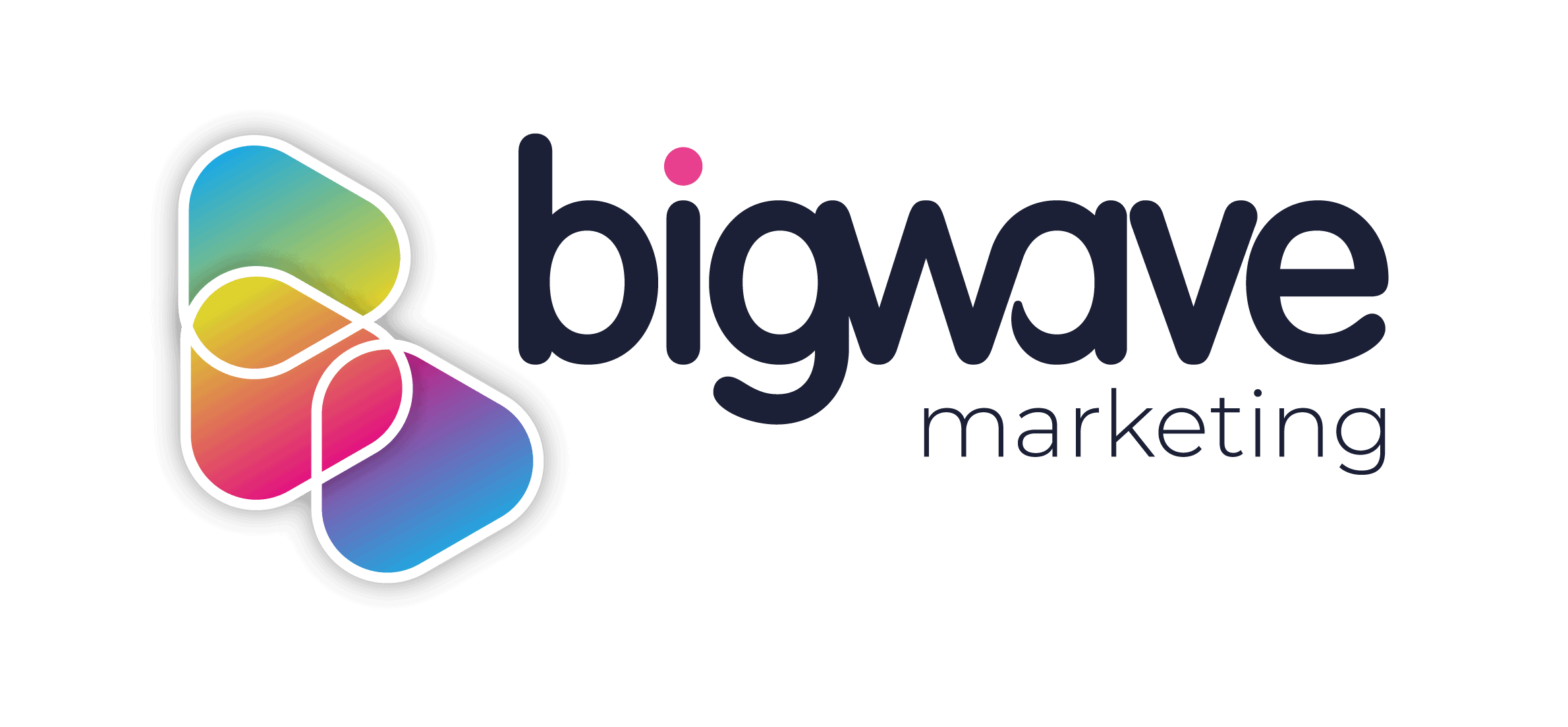When it comes to driving traffic to your website, Paid Media (also known as PPC or per-per-click advertising) is one of the most effective methods. Paid advertising allows you to target a specific audience and get your message in front of them when they’re actively searching for products or services that you offer, and PPC optimisation is the process of analysing, improving, and refining your campaigns.
Paid media can be very competitive and expensive if you don’t know what you’re doing. In this blog, we’ll share some tips on how to optimise your PPC campaigns to get the most out of your paid advertising spend.
1. Define Your Goals
Before you start creating your paid media campaign, it’s important to have a clear understanding of what you want to achieve. Are you looking to generate leads? Drive sales? Increase brand awareness?
One of the best ways to identify your goals is with the SMART Goals formula. This helps you outline your goals accurately and clearly, covering your Specific, Measurable, Attainable, Relevant, and Time-bound goals.
Once you know your goals, you can create PPC ads specifically designed to achieve them. For example, if you’re looking to generate leads, your ad should include a call-to-action (CTA), such as “Request a Free Quote.”
2. Research Your Keywords
Keyword research is essential for any paid media campaign. You need to ensure you’re using the right keywords so your ad pops up wherever your target audience is, like at the top of their Google search engine results page (SERP).
To know what keywords to use, you need to know exactly who your audience is and understand their online search behaviour. You can develop a buyer persona (a fictional representation of your ideal buyer/user) to help you better understand what keywords they might use.
To begin with, use broad keywords or phrases rather than pushing your products or services so you can build trust with your audience. Once you’ve developed that trust, you can use more organic or highly targeted methods.
There are several keyword research tools available, such as Google AdWords Keyword Planner and Semrush, which will display metrics to help you understand which keywords are the best ones to use. Include relevant keywords in your ads so they appear in relevant search results, but beware of keyword stuffing (when you include too many keywords in your ad copy), as this can make your ads look spammy and could get them banned by search engines!
3. Create Compelling Ads
Your paid media ads need to be well-written and persuasive if you want people to click on them. Spend some time crafting headlines and descriptions that will grab attention and entice people to click through to your website. You should also create high-quality graphics and images for your ads to showcase your authority and expertise, which will ultimately help you build that trust and get those clicks!
4. Test, Test, Test
Always test different versions of your paid media adverts to see which ones perform the best. Try different headlines, descriptions, images, and CTAs to see which your audience engages with the most.
You should track your PPC campaign results carefully to identify the ads generating the most clicks and conversions. Then, you can adjust your campaign accordingly to get the results you need to achieve those SMART goals.
5. Develop a Remarketing Strategy
Remarketing is an excellent way to improve the results of your paid media campaigns. It allows you to target people who have already visited your website but didn’t convert into a lead or customer.
There are several different remarketing strategies that you can use, such as retargeting ads and dynamic remarketing. You can either carry out some research or contact a PPC specialist about which strategy is most suitable for your business.
6. Use Negative Keywords
Negative keywords are words or phrases that you don’t want your ad to show up for. For example, if you’re a wedding photographer, you might add “free” as a negative keyword so that your ad doesn’t show up in search results for “free wedding photography.”
Adding negative keywords to your PPC campaign can help to improve your click-through rate (CTR) and most importantly, reduce your costs!
7. Monitor Your Results
You must monitor the results of your PPC campaigns so that you can see what’s working and what isn’t. You can use tools like Google Analytics to track your PPC campaign statistics, including the number of clicks, impressions, and conversion rates.
We recommend you set up conversion tracking so you can see how many people are taking action on your website after clicking on your ad. This will help you to determine whether or not your campaign is successful.
8. Brush Up Your Copywriting Skills
PPC campaigns require well-written, persuasive copy if you want people to click on your ads. Take some time to brush up on your copywriting skills so that you can create ads that not only engage your target audience but relate to them or make them feel something! You can use power words and emotive language to build a more human connection with your audience.
9. Optimise Your Website for Conversions
If you want people to take action on your website after clicking on your paid ad, you need to optimise your website for conversions. This means creating a clear, concise, and effective sales funnel that will lead visitors to take the desired action.
Think of a sales funnel as a guide or pathway for your targeted user, giving them a gentle nudge along their purchasing journey. The five most common stages are:
- Awareness
- Interest
- Desire
- Action
- Loyalty
Your website must be easy to navigate and have a clear CTA so that visitors know what they need to do next. The user’s experience should be at the forefront of your mind. Use effective copy and strong visuals to guide visitors through your website and into your sales funnel.
10. Leverage Responsive Search Ads
In the summer of 2022, expanded text ads (ETAs) passed the torch on to responsive search ads (RSAs), a new type of paid media ad that allows you to create multiple versions of your ad and then lets Google decide which version to show to each searcher. Google will mix and match your headlines and descriptions based on search queries and other proprietary data to help you find the most effective ads for you and your audience.
Responsive search ads are the biggest and most flexible of all search ad formats and an excellent way to improve your click-through rate (CTR).
Bonus Tip: Use Google’s Tools & Resources
Google offers several tools and resources to help you create and manage effective PPC campaigns. For example, the Google Ads platform provides everything you need to create, launch, and track your campaigns.
In addition, Google also offers resources that can help you learn more about paid media advertising. For example, the Google Ads training on Skillshop has a wealth of training and content that covers everything from creating your first ad to managing your campaigns.
PPC campaigns can be an effective way to drive traffic to your website and generate leads or sales. However, they need to be well-planned and managed to be successful. Use the PPC optimisation strategies above to create and manage effective paid media campaigns that will help you to achieve your business goals, and if you’re still struggling, get in touch with our PPC team at Bigwave Marketing today for guaranteed results.

